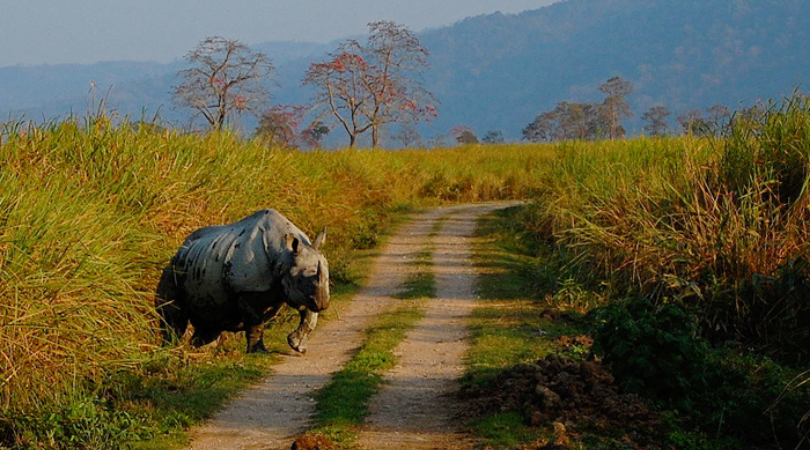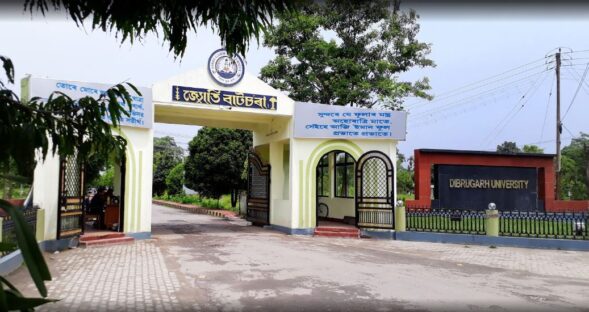
GUWAHATI:
Following the Supreme Court’s directive, the Assam government, on March 23, approved the creation of integrated Eco-Sensitive Zone of Kaziranga National Park and adjoining seven protected areas and 11 reserve forests.
This decision to declare the areas as protected was taken at meeting of the state cabinet held under the chairmanship of Himanta Biswa Sarma.
The seven protected areas are Kaziranga National Park and Tiger Reserve, Burachapori Wildlife Sanctuary, Laokhowa Wildlife Sanctuary, Garampani Wildlife Sanctuary, Nambar-Doigrong Wildlife Sanctuary, East Karbi Anglong Wildlife Sanctuary, and North Karbi Anglong Wildlife Sanctuary.
Besides these, 11 other areas namely Hatiapahar DCRF, Colony RF, Batcher RF, Kamakyha RF, Kukrakata RF, Bhumuraguri RF, South Biju RF, North Biju RF, Panbari RF, Kothmara RF and Deopahar RF have been declared as reserve forests.
The cabinet also declared Panbari, Haldibari, Bagori, Harmoti, Kanchanjuri, Hatidandi, Deosur, Chirang, and Amguri as animal corridors.
“The state cabinet has approved draft notification for creation of an integrated eco-sensitive zone of KNPTR and adjoining seven protected areas and 11 reserve forests,” state parliamentary affairs minister Pijush Hazarika told reports after the cabinet meeting.
Hazarika said that it is very essential to demarcate areas around national parks and wildlife sanctuaries as eco-sensitive zone because once demarcated no developmental activities can be taken up in this zone.
“No construction could be done in these eco-sensitive areas. Permissions will not be granted for any kind of construction work in the eco-sensitive zones,” Hazarika said.
Notably, on December 11, 2018, the Supreme Court had ordered the Central government to declare “at the earliest” 10 km area around 21 National Parks and Wildlife Sanctuaries as Eco-Sensitive Zone (ESZ) to protect wild birds and animals.
The ministry of environment, forests and climate change (MoEFCC) had notified areas close to National Parks and Wildlife Sanctuaries as ESZ, aimed at creating “shock absorbers” for endangered animals and birds by regulating and managing activities there.
Remarkably, there are 662 National Parks and Wildlife Sanctuaries in the country, and state governments and union territories administrations have not even moved any proposal to the Centre for declaring ESZ in 21 such areas.






